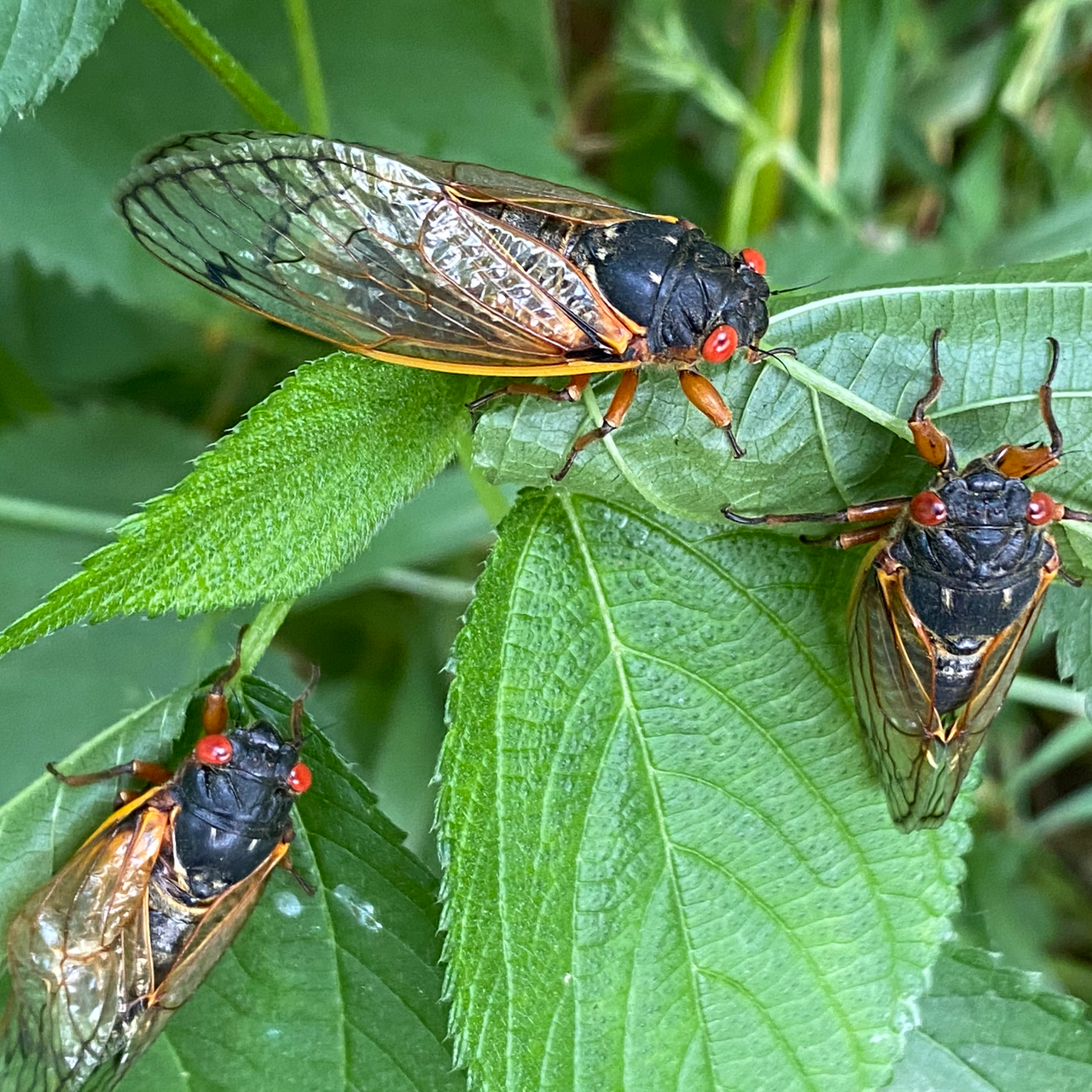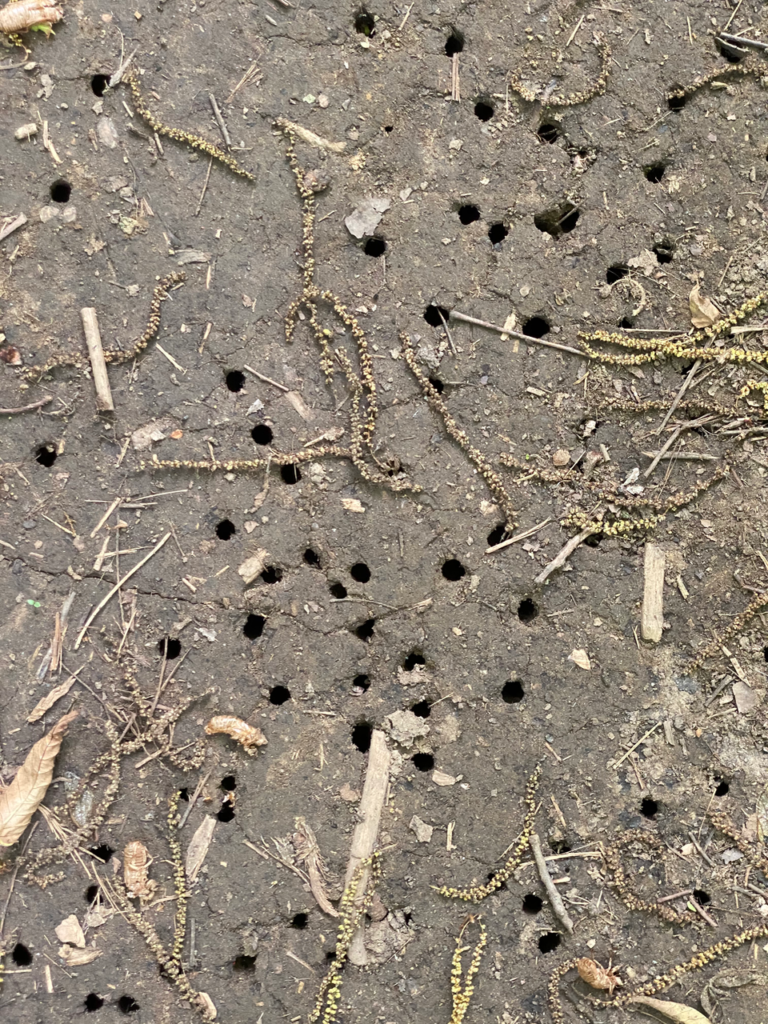Why So Many Cicadas?
Cicada are true bugs. They belong to the order Hemiptera, which means true bugs. They emerge by the billions. This is a survival strategy called prey satiation. These bugs are food for a large number of birds, mammals, frogs, fish, and a fungus called massospora. The massive number of cicadas ensures that there are plenty for food and enough left to breed and perpetuate the species.
Cicadas are a great bug to photograph. They let you get near them, they stay still, and you have multiple opportunities to get a good photo. Besides being photogenic, they are amazing. Read on to find out some interesting facts about these insects.
Brood X
Cicadas scientific name is Cidadoidea. We are lucky enough to see the Great Eastern Brood, better known as Brood-X, emerge this year. These are periodical bugs that emerge from underground about every 17 years. They emerge when the ground temperature reaches 64’. It only happens in the North East. This is the largest brood of 17-year cicadas. Even more exciting is that Northern Virginia is part of the epicenter. Pennsylvania and Tennessee are too.
The Cicada Life Cycle
First males use a unique organ called a tymbal to call females. That makes the characteristic humming or chirping sound that accompanies cicadas.
Second once the male finds a female, they mate. This brood has 3 species of cicadas. They always find the right species to mate with.
Third the eggs are laid. The female cuts slits in live tree branches, and she lays her eggs in the slits. Females lay up to 500 eggs. As a result, this ensures lots of cicada will survive.
Next, after 6-10 weeks, the eggs hatch, The nymphs fall to the ground. They burrow a hole to find food and a home. They go through five developmental stages over 17 years.
Finally, they emerge after about 17 years to reproduce and start the cycle again.
Do Cicadas Cause Tree Damage?
Females use a saw type apparatus to cut slits into tree limbs. This is where they lay their eggs. Large infestations can cause natural pruning in older trees. The slits cut by female cicadas may harm young trees. Covering them with netting can prevent females from laying eggs on them. It is best not to plant young trees during the cicada emergence.
Find Out More
This USDA Agricultural Research Service article is informative and so is this one. Check them out to learn more.




